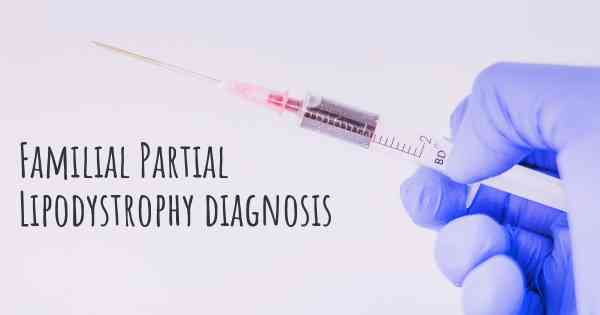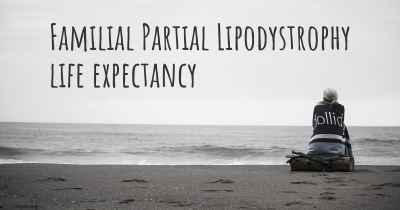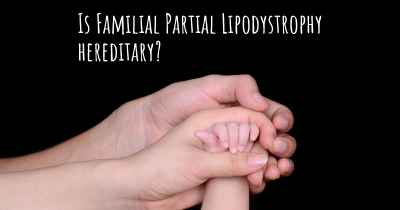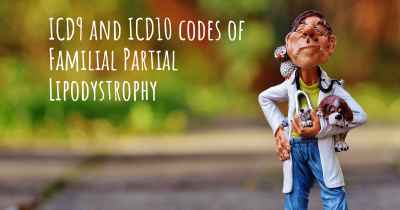How is Familial Partial Lipodystrophy diagnosed?
See how Familial Partial Lipodystrophy is diagnosed. Which specialists are essential to meet, what tests are needed and other useful information for the diagnosis of Familial Partial Lipodystrophy

Familial Partial Lipodystrophy (FPL) is a rare genetic disorder characterized by the abnormal distribution of body fat. It is typically inherited in an autosomal dominant manner, meaning that an affected individual has a 50% chance of passing the condition on to each of their children.
Diagnosing Familial Partial Lipodystrophy involves a combination of clinical evaluation, medical history assessment, and laboratory tests. The process begins with a thorough physical examination by a healthcare professional who specializes in metabolic disorders or endocrinology. During this examination, the doctor will look for specific physical features associated with FPL, such as:
- Loss of fat in the arms, legs, buttocks, and face
- Accumulation of fat in the neck, trunk, and abdomen
- Prominent superficial veins
- Enlarged muscles
- High blood pressure
- Elevated blood sugar levels
If FPL is suspected based on the physical examination, the doctor will proceed with further investigations. Blood tests play a crucial role in confirming the diagnosis of Familial Partial Lipodystrophy. These tests may include:
- Lipid profile: This test measures the levels of various types of fats (lipids) in the blood, including cholesterol and triglycerides. Individuals with FPL often have abnormal lipid profiles.
- Glucose and insulin levels: FPL can be associated with insulin resistance and diabetes. Blood tests are performed to assess fasting glucose levels and insulin response.
- Liver function tests: As FPL can affect liver health, liver function tests may be conducted to evaluate liver enzymes and overall liver function.
- Hormone levels: Hormonal imbalances are common in FPL. Testing hormone levels, such as leptin, adiponectin, and sex hormones, can provide valuable diagnostic information.
- Genetic testing: Genetic testing is the most definitive method to diagnose FPL. It involves analyzing a blood sample to identify specific genetic mutations associated with the condition. This test can confirm the presence of FPL and determine the specific gene mutation responsible.
It is important to note that the diagnosis of Familial Partial Lipodystrophy can be challenging due to its rarity and overlapping symptoms with other conditions. Therefore, a comprehensive evaluation by a healthcare professional experienced in metabolic disorders is crucial for an accurate diagnosis.
Once a diagnosis is confirmed, additional assessments may be recommended to evaluate potential complications and associated health conditions. These may include cardiovascular assessments, bone density scans, and monitoring for metabolic abnormalities.
In conclusion, Familial Partial Lipodystrophy is diagnosed through a combination of clinical evaluation, medical history assessment, blood tests, and genetic testing. The physical examination helps identify characteristic features, while blood tests assess lipid profiles, glucose levels, liver function, and hormone imbalances. Genetic testing is the most definitive method to confirm the diagnosis and identify the specific gene mutation responsible. A comprehensive evaluation by a specialized healthcare professional is essential for an accurate diagnosis and appropriate management of FPL.








